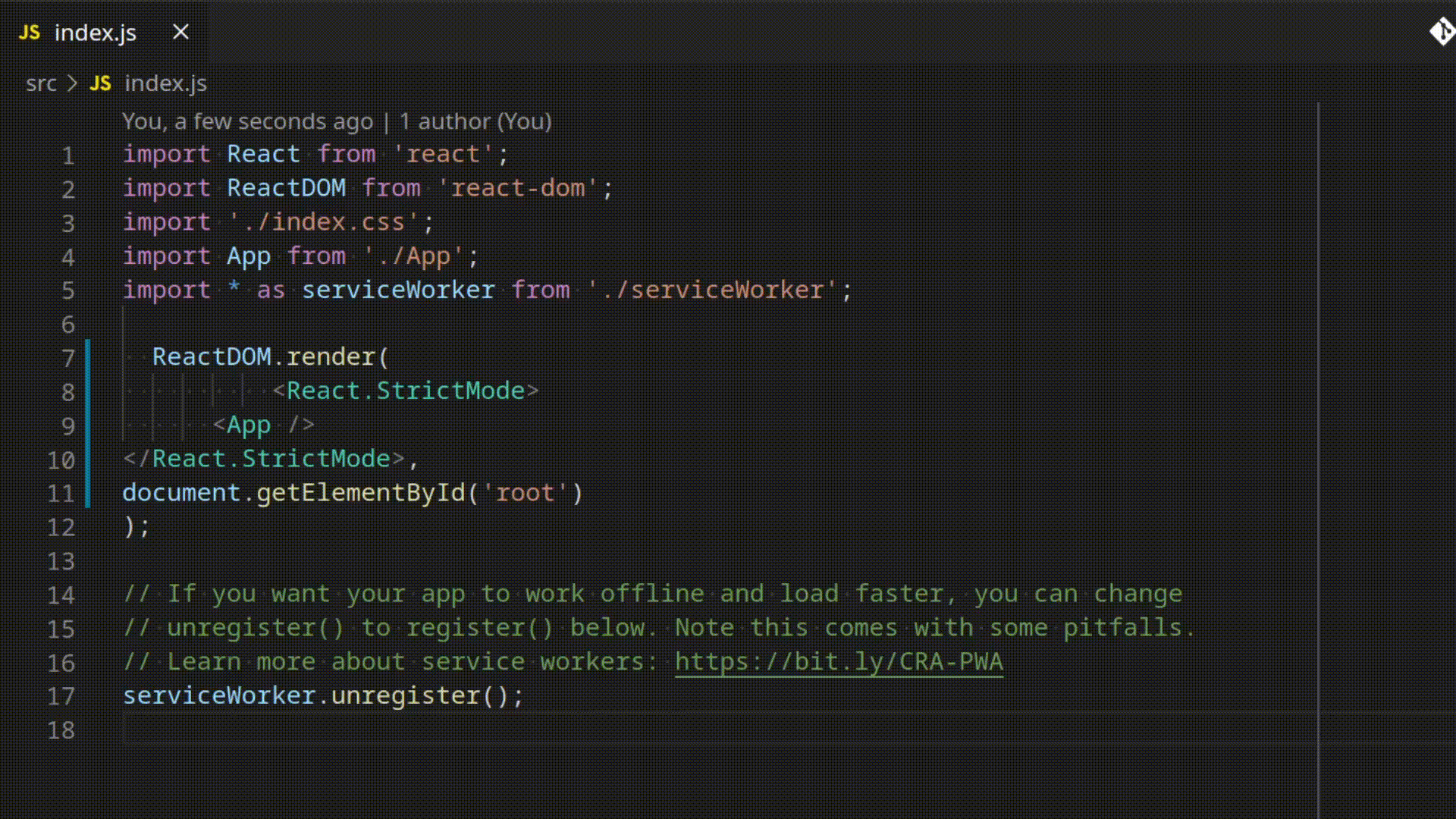

Share environment variables between Linux and Windows.notepad.exe) from a Linux command line (ie. Windows and Linux tools and commands can be used interchangeably with WSL. Interoperability between Windows and Linux commands Learn more about how to adjust case sensitivity, particularly when mounting disks with WSL, in the Adjust case sensitivity how-to article. Windows and Linux file systems handle case sensitivity in different ways - Windows is case-insensitive and Linux is case-sensitive. To view all of your available Linux distributions and their root file systems in Windows File explorer, in the address bar enter: \\wsl$Ĭase sensitivity determines whether uppercase (FOO.txt) and lowercase (foo.txt) letters are handled as distinct (case-sensitive) or equivalent (case-insensitive) in a file name or directory. Be sure to add the period at the end of the command to open the current directory. Īlternatively, you can also use the command: powershell.exe /c start. You can view the directory where your files are stored by opening the Windows File Explorer from the command line, using: explorer.exe. View your current directory in Windows File Explorer It is possible to store your project files on a mounted drive, but your performance speed will improve if you store them directly on the \\wsl$ drive. So the Windows file system C:/ drive ( C:\Users\\Project) will look like this when mounted in a WSL command line: /mnt/c/Users//Project$. When you see /mnt/ in the file path of a WSL command line, it means that you are working from a mounted drive. Not the Windows file system root directory: /mnt/c/Users//Project$ or C:\Users\\Project.Use the Linux file system root directory: \\wsl$\Ubuntu\home\\Project.If you're working in a Windows command line (PowerShell, Command Prompt), store your files in the Windows file system.įor example, when storing your WSL project files: For the fastest performance speed, store your files in the WSL file system if you are working in a Linux command line (Ubuntu, OpenSUSE, etc). We recommend against working across operating systems with your files, unless you have a specific reason for doing so. File storage and performance across file systems We have outlined a few of them for you in this guide, including some examples of interoperability support for mixing Windows and Linux-based commands. There are a number of considerations to keep in mind when working between Windows and Linux file systems.


 0 kommentar(er)
0 kommentar(er)
